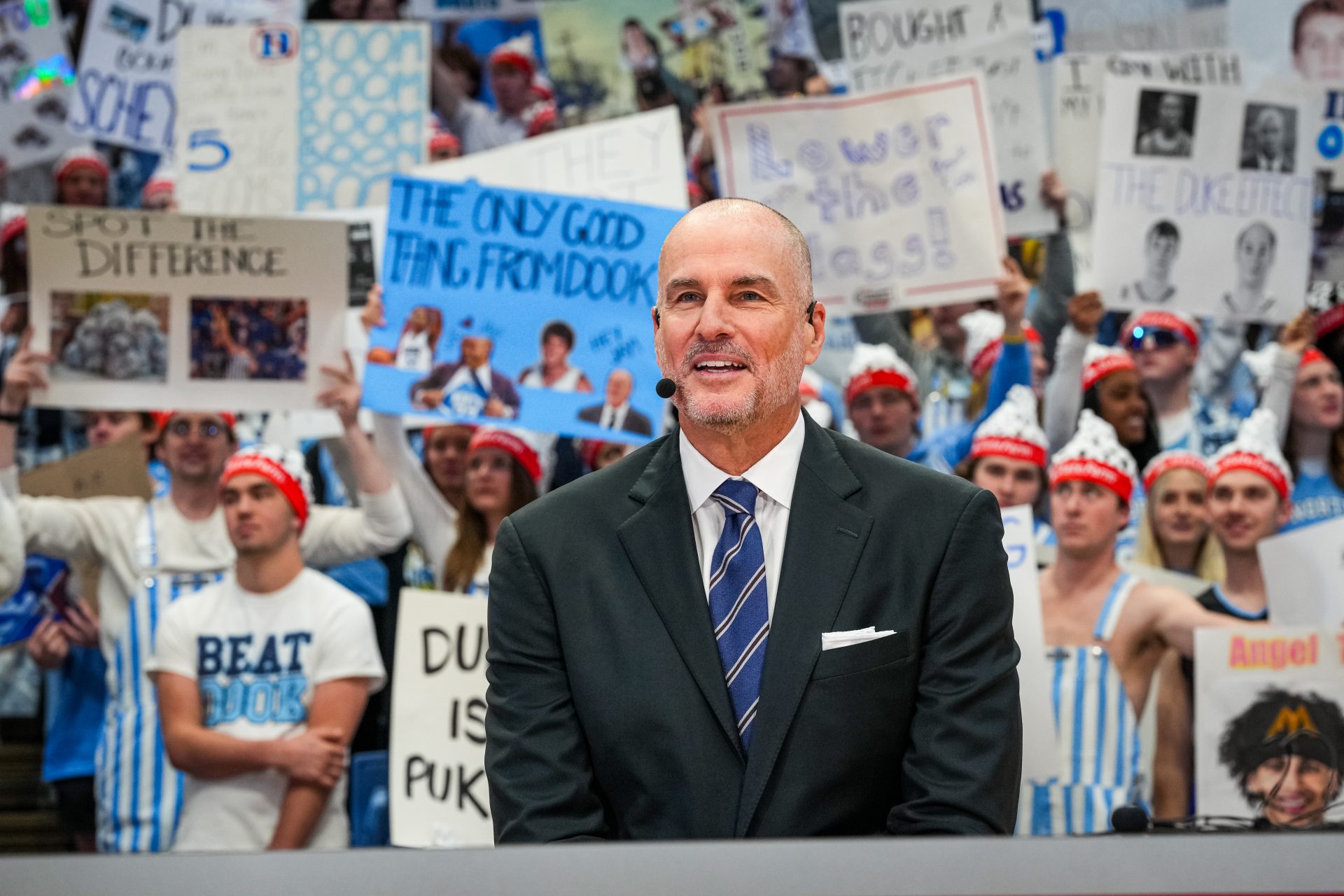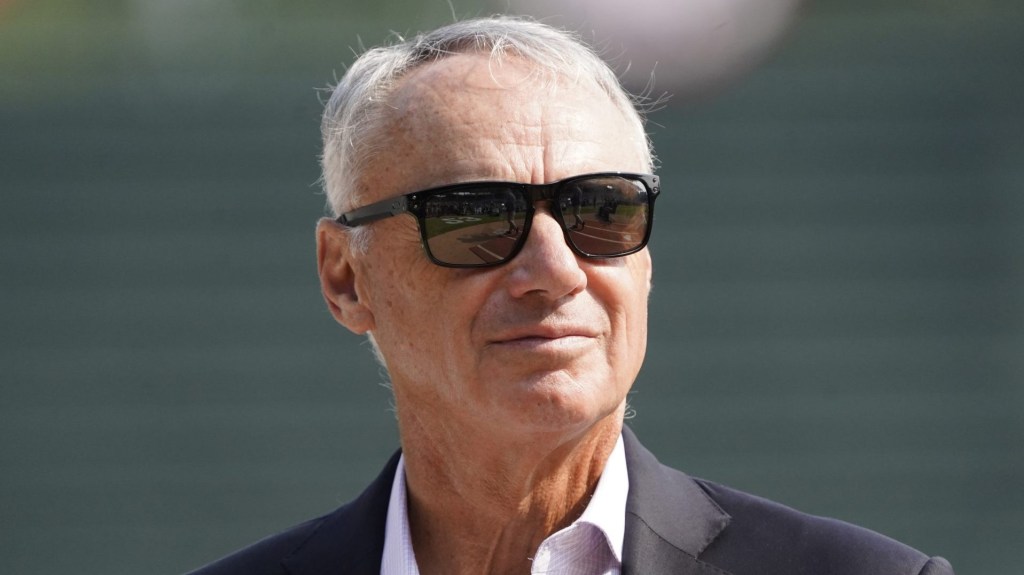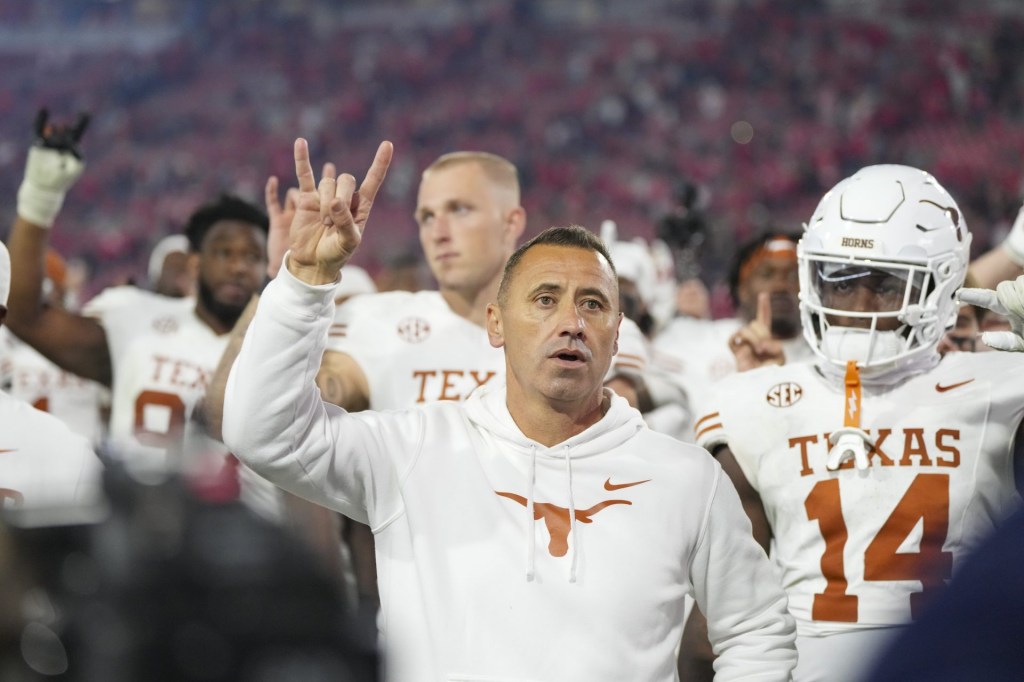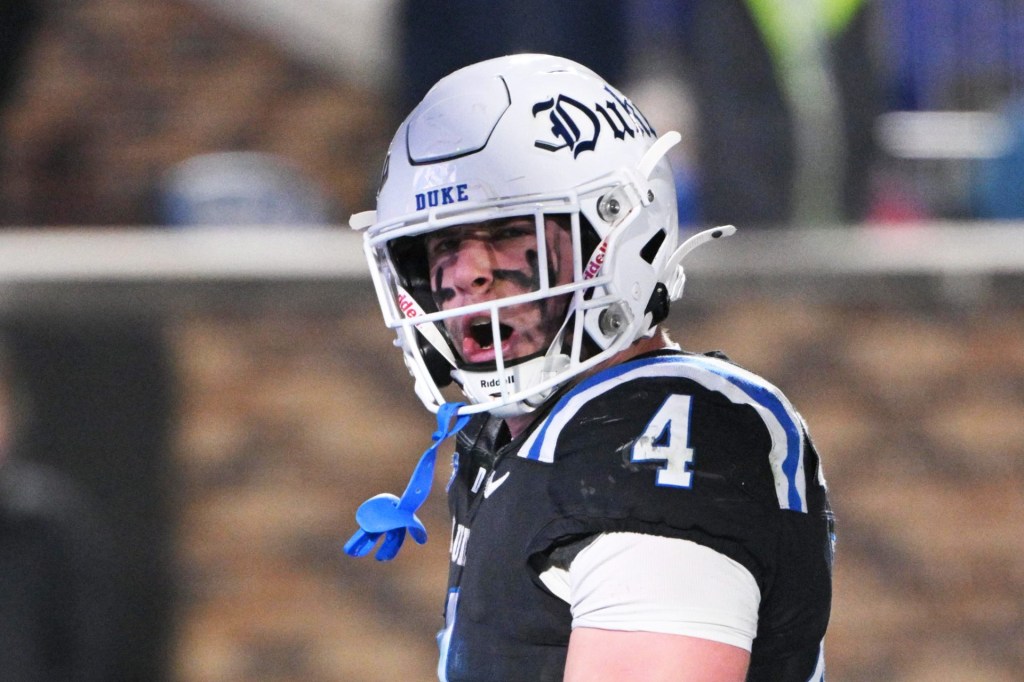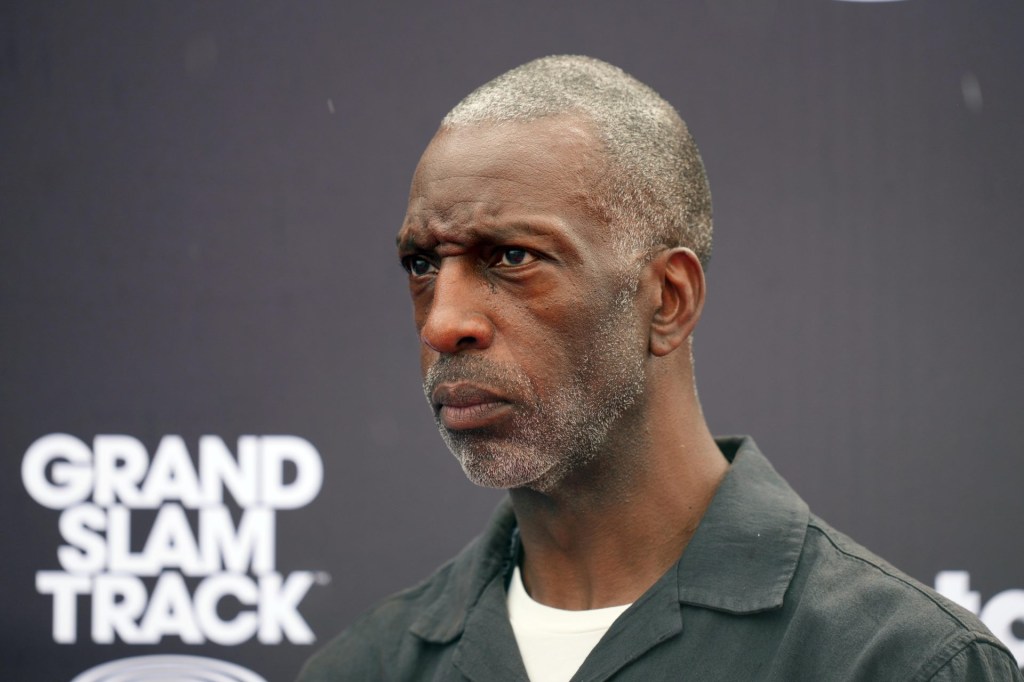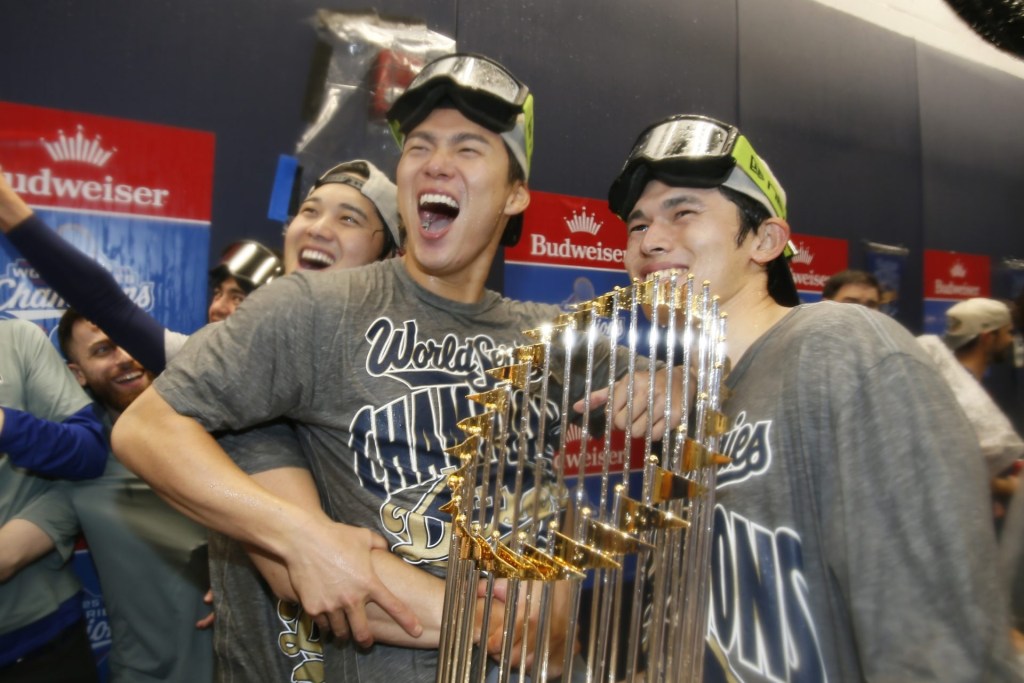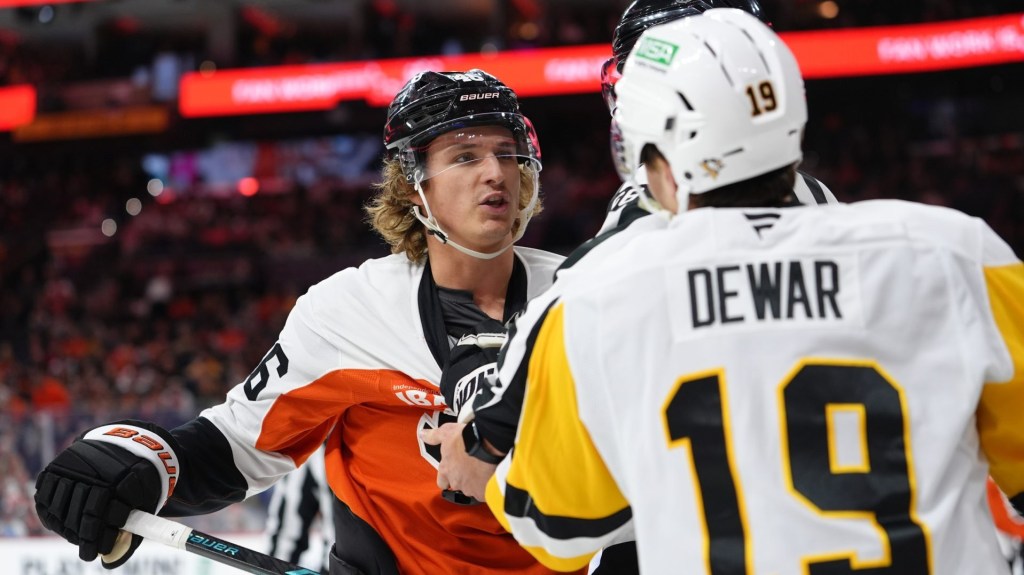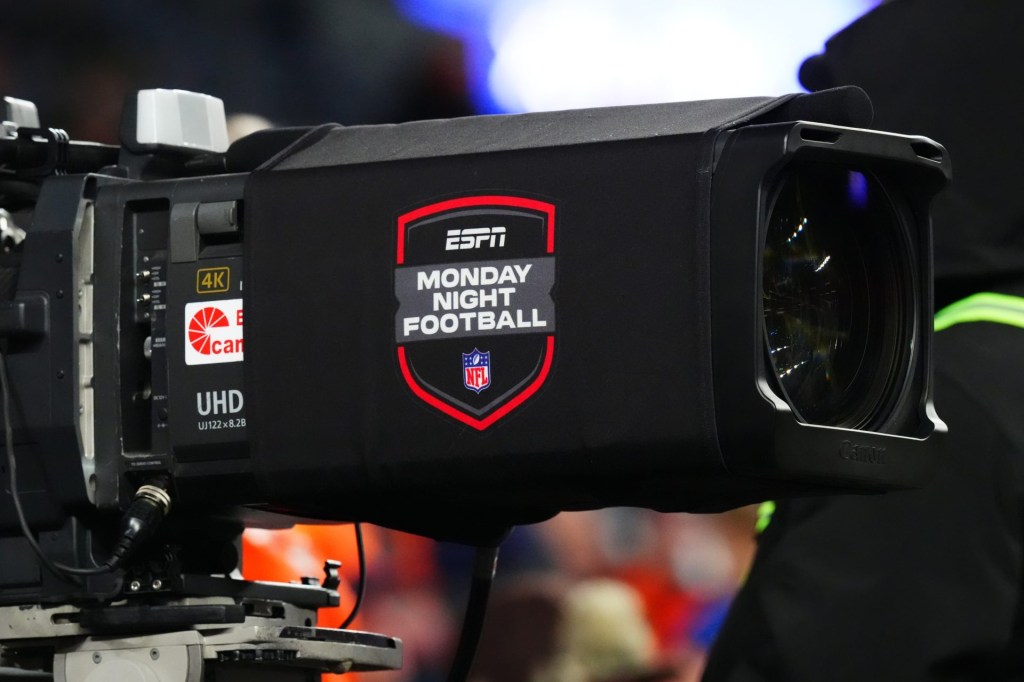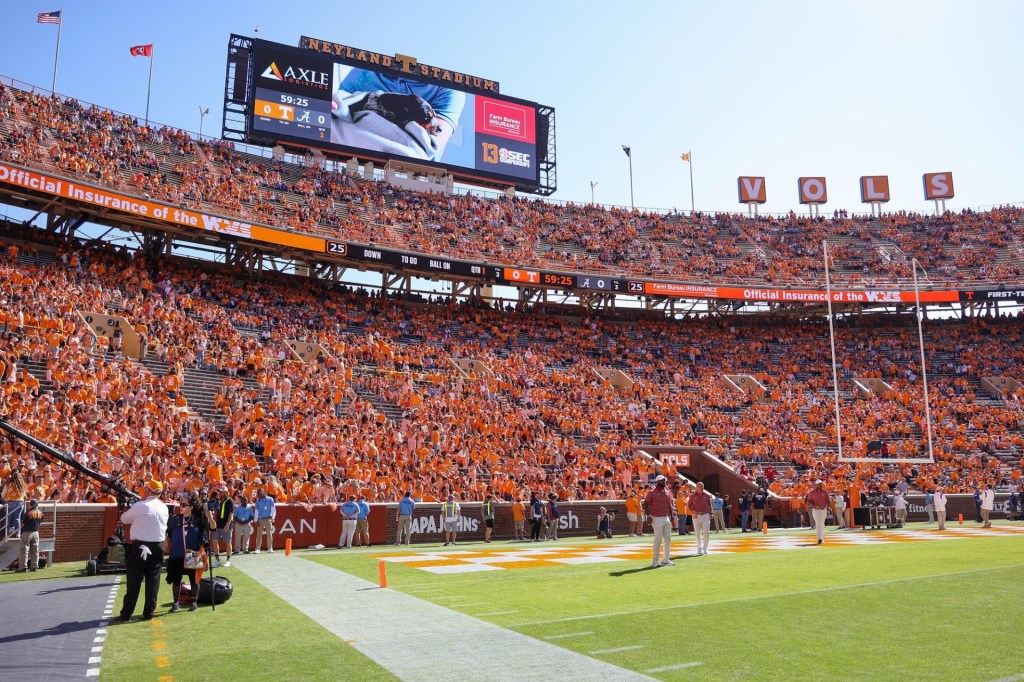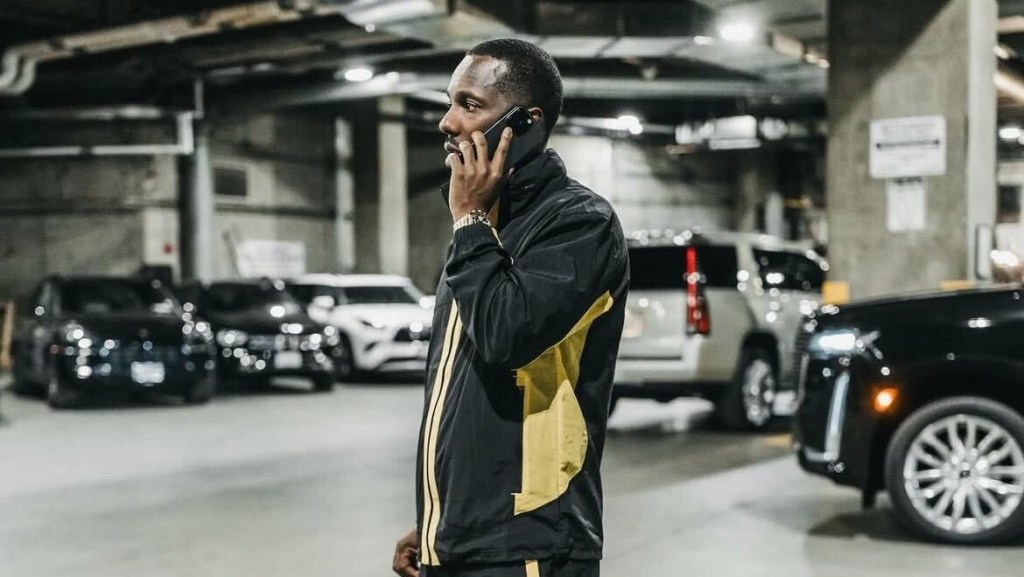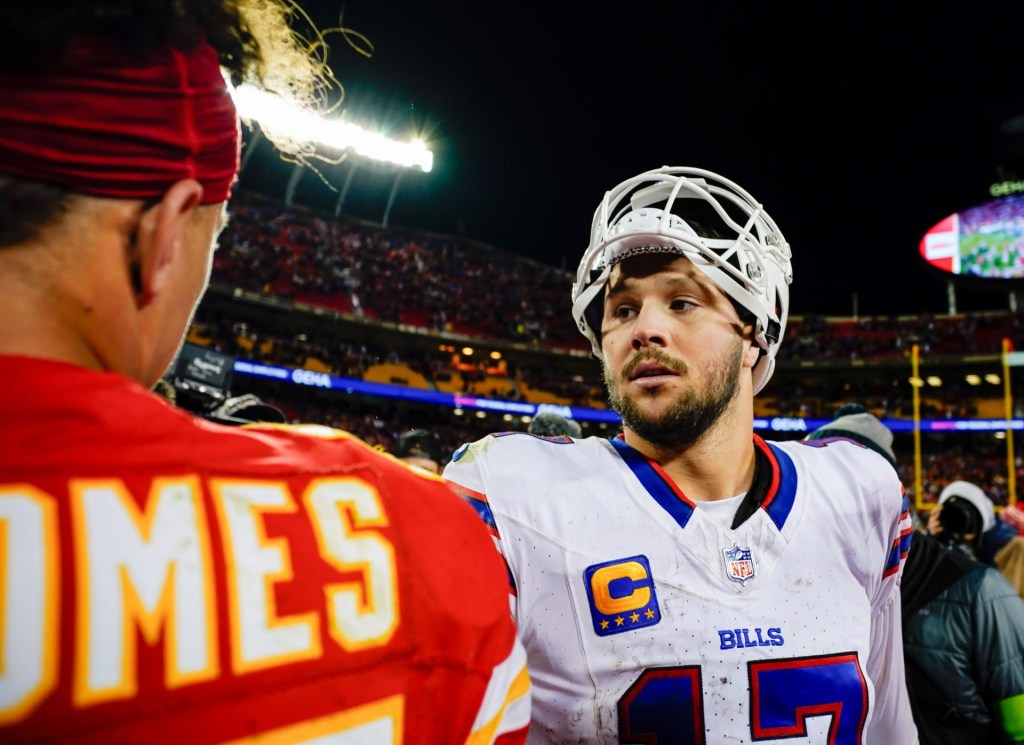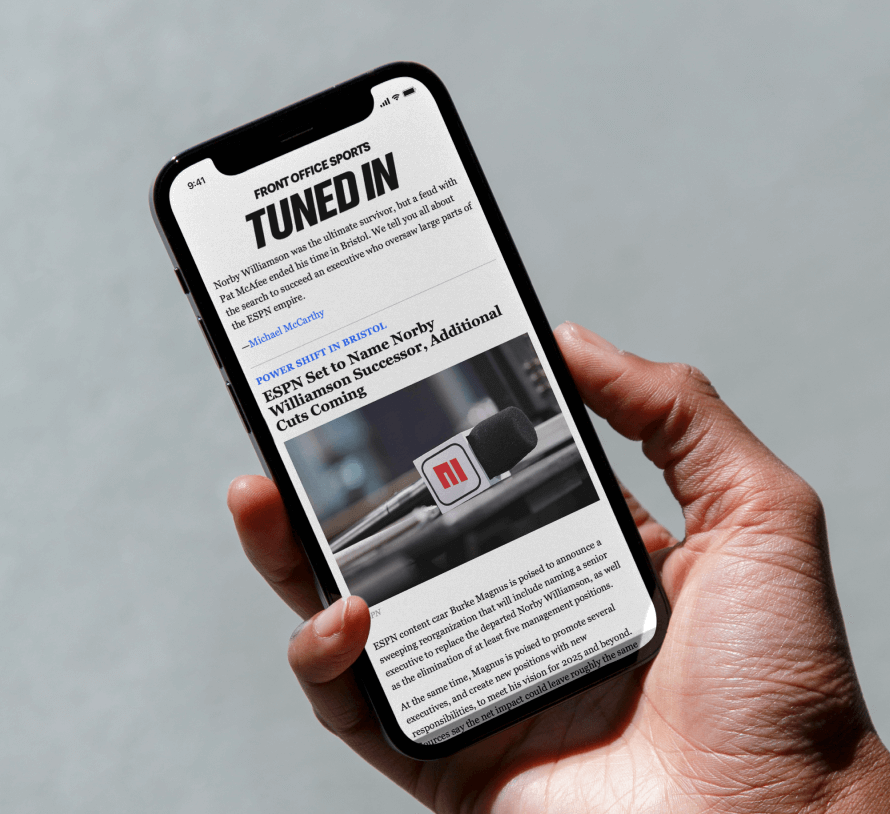Fresh off appearing on ESPN’s NBA draft lottery telecast, venerable college basketball and NBA analyst Jay Bilas had a lot to talk about. He spoke to Front Office Sports on how Cooper Flagg would fit with Kyrie Irving and Anthony Davis, the idea that the lottery could be rigged, calling NBA playoffs for the first time, and the business of college basketball.
Front Office Sports: The NBA draft lottery was obviously wild for a million different reasons. Now, looking forward, if Kyrie Irving and Anthony Davis are healthy, do those two work together with Cooper Flagg from a basketball perspective?
Jay Bilas: Absolutely. Cooper Flagg would fit in with any team just because of his versatility and basketball IQ and skill set—you name it. What a stroke of luck, or whatever you want to call it, for Dallas to have landed Cooper Flagg. It’s just an amazing turn of events.
I’ve done the lottery a number of times. But there’s never been a night like that, with San Antonio, Philadelphia, Charlotte, and Dallas. The three teams that were the best odds to make it couldn’t have wound up in a worse position. It was really an amazing night.
FOS: I don’t think it’s rigged, but do you ever wonder, could this be rigged?
JB: No, I get it in the culture we live in, with all the Netflix crime stories. It’s an absurd notion when you really think about it. With all the people involved and all the controls in place, and all the professionals.
Not to mention, if that were rigged, that would be a federal crime. I don’t think anyone involved would see the draft as being worth that sort of enterprise.
FOS: This is your first year calling the NBA playoffs for ESPN. From a professional perspective, how has it been relative to your expectations?
JB: That’s a good question. I haven’t thought about it from a professional perspective—I’ve just thought about it from a basketball perspective.
For me, to be involved in that sort of high-level basketball competition, it was a blast. I loved every second of it. Not only the people I worked with, the NBA teams, the players. I’ve watched a lot of those players since they were in high school. It was a thrill.
Any time I get to be at a basketball game, I don’t care what level it is, it’s a wonderful treat. But that’s a different level of fun.
FOS: What percentage is the intensity ratcheted up from the regular season?
JB: I don’t know if I could put a number on it, but it’s probably like everything else. Postseason in college basketball is ratcheted up from the regular season.
I look at it, this might not be a very good analogy or example, but I’ve always been a huge baseball fan. When I watch regular season baseball, pitches upon pitches go by where I don’t pay really close attention. And then you get to the postseason and you’re paying attention to every nuance of every count. Pitch count, strike zone, everything.
I don’t know if it’s that big of a difference in how the pitcher or hitter approach it, it’s just the fact that you know as a fan there’s more on the line.
The one thing in postseason basketball at every level is the games become more of a half-court affair. The transition’s really hard to get. That to me is the biggest difference. There’s definitely more intensity but I think that’s true in every sport.
FOS: You banged the drum for years for more relaxed rules on NIL and the transfer portal in college sports. Now it’s here, in some ways it’s actually democratized the competition, but in other ways it can be frustrating as a fan that there’s so little continuity and it’s hard to get emotionally attached to players. You look at a player like A.J. Storr who’s been on seven different teams the last seven years [dating back to high school]. Are there any changes you’d propose if you were commissioner of college basketball?
JB: Yeah, but I’m not going to have to worry about it because the changes are coming. Just to be clear, I wasn’t advocating for NIL. I was advocating for the players to be allowed pay just like every other person in our society. I don’t think there should be any regulations on schools paying players the same way they play their employees. There are no controls on what any university can pay the people that they want to employ, but somehow we think the athletes need to be controlled to the point of… what they eat. That was an issue a number of years ago.
But once the House settlement is approved, that will have a cap. First of all, schools will be allowed to share revenue with athletes up to a cap—I think it’s 22%, which will probably be $20-plus million per school. That doesn’t mean they’ll have to share revenue, but if they want to they can.
The result of that is schools will sign athletes to contracts, and they can be multi-year and have buyout provisions in them. I think that’s where we’ll be headed. Absent collective bargaining with the players, like they have in the NFL and NBA, where the players are basically in partnership with the league, you can’t really limit their mobility. You’ll have to do it this way by having buyouts.
For example, you mentioned A.J. Storr. If he’s at Kansas, and Wisconsin wants him back and they’re going to pay him, if Wisconsin pays the buyout that’s gonna count against their revenue sharing cap. That’s going to limit player mobility by itself, so you won’t see as many transfers once the settlement’s approved.
Every problem the NCAA has is self-created. The NCAA created this system, and the transfer portal. They’re the ones that mandated that schools can’t pay their players directly. That’s what led to NIL and NIL collectives. These schools want the best players and they’ve proven they’re willing to pay for them.
Now, with the House settlement, it’ll be a more streamlined business proposition.
FOS: Returning to the NBA lottery, after Cooper Flagg who are the most tantalizing prospects in this draft?
JB: There are a few. Both the prospects from Rutgers, Dylan Harper and Ace Bailey, are really, really talented. They’re different players.
VJ Edgecombe at Baylor is probably the best athlete in the draft. He’s got some similarities to a really young Victor Oladipo or Dwyane Wade. He’s just finishing his freshman year, those guys came out later and had longer to develop before they went into the NBA.
The best shooter is probably either Tre Johnson at Texas or Kon Knueppel of Duke. It’s a good draft, there’s really good depth. It’ll be much deeper than last year where it wasn’t the best draft for overall talent. There were really good players in it but the depth of players wasn’t like this year.
It’ll be different now because you still have the one-and-done players and players who have exhausted their eligibility in college, and certainly a few international’s mixed in there, but there aren’t as many of what we’ve had in the past of sophomores or juniors that have declared. The money’s so good in college now that they can wait and feel like they’re ready or their draft position improves.
It’s a benefit to college—and to everybody, really. The NBA has more time to look at the players and get the data and by virtue of that they’re likely to make better decisions.
FOS: Do you think we see an inflection point where the Luka’s and Wemby’s of the world play Division I college basketball in America because the money is greater than the Europe professional leagues?
JB: That certainly could happen. I think you’re seeing more and more international players coming to play in college. I don’t know how big a factor the money is versus the experience of it—whether it be coaching, or the marketing aspect.
But you are seeing more internationals playing college basketball. People look at it in a number of different ways. I think the money is just one variable. Years ago, when players weren’t allowed money, you looked at the best environment. Who’s got the best facility? All these different things. You looked at the coach you were going to play for.
But there’s not a person among us who doesn’t factor money into their employment decisions. And in fact, every student factors money into their decisions. Can I get scholarship money? How much is tuition? How far will I have to travel? Add all those costs together.
So everyone makes decisions with money as a variable, it’s just this is relatively new in college sports. Fans have not had to consider this before. But the ratings indicate that nobody turned their TVs off. The NCAA tournament ratings were the highest they’ve been since the ’90s.
The NCAA told us the world was going to hell in a handbasket if the players got more than a scholarship. That clearly was a lie.
